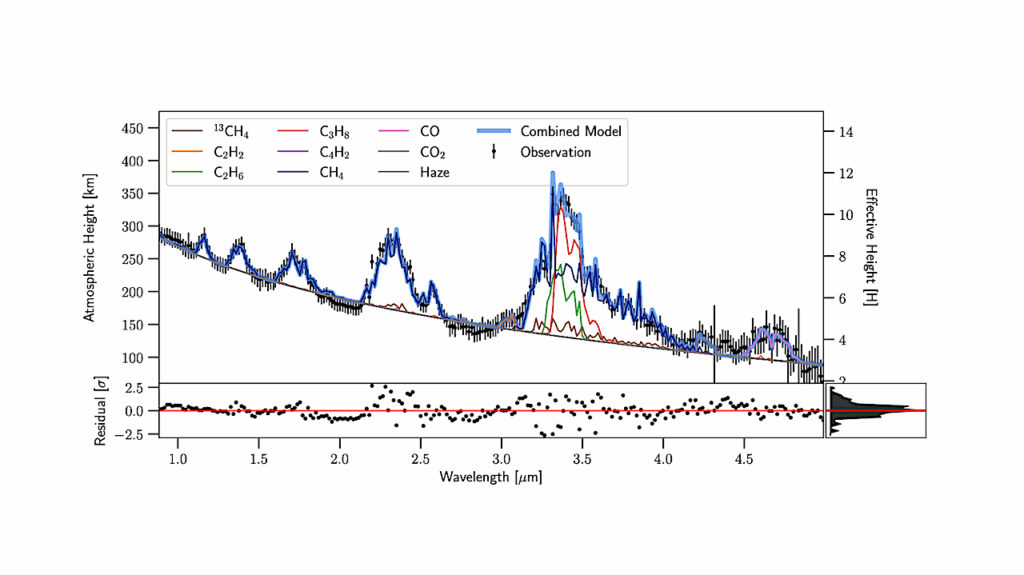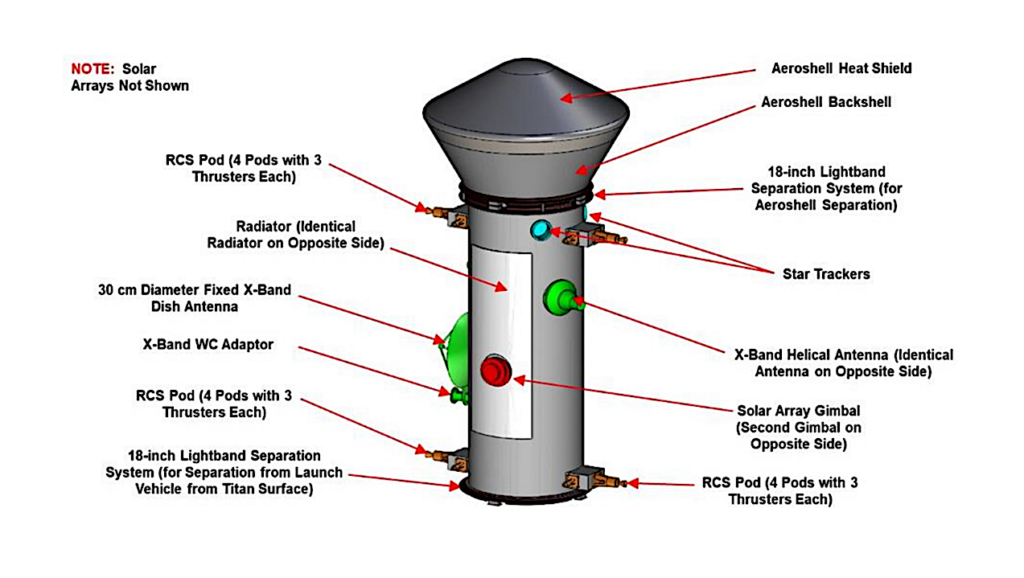Pressure And Temperature Dependence Of Solubility And Surface Adsorption Of Nitrogen In The Liquid Hydrocarbon Bodies On Titan

We have studied the pressure and temperature dependence of solubility of nitrogen in methane and ethane using vapor-liquid equilibrium simulations of binary mixtures of nitrogen in methane and ethane for a range of pressures between 1.5 atm and 3.5 atm and temperatures between 90 K and 110 K, thermodynamic conditions that may exist on the Saturn’s moon, Titan.
We find that the solubility of nitrogen in methane increases linearly with pressure while the solubility of nitrogen in ethane increases exponentially with pressure at temperature 90 K. Solubility of nitrogen in both methane and ethane exhibits an exponential decrease with temperature at a pressure of 3 atm. The solubility of nitrogen in methane is much larger compared to that in ethane in the range of pressure and temperature studied here.
Our results are in quantitative agreement with the available experimental measurements of the solubility of nitrogen in methane and ethane. Furthermore, we find that the surface adsorption of nitrogen increases with increasing pressure at temperature 90 K, while the adsorption free energy increases with increasing pressure. Moreover, we find that the surface tension decreases linearly with pressure for both nitrogen-methane and nitrogen-ethane systems.
The rate of decrease of surface tension with pressure for nitrogen-ethane system is much larger as compared to the nitrogen-methane system. Finally, we find that the absorption of a nitrogen molecule into the liquid-phase from the interface is diffusive and does not involve any appreciable energy barrier. Our results suggest that homogeneous nucleation of bubbles is unlikely on Titan and the bubble formation in the lakes on Titan must arise from heterogeneous nucleation of bubbles.
Pradeep Kumar, Vincent F. Chevrier
(Submitted on 17 Feb 2020)
Comments: 9 pages, 8 figures. arXiv admin note: text overlap with arXiv:1910.13343
Subjects: Soft Condensed Matter (cond-mat.soft); Earth and Planetary Astrophysics (astro-ph.EP); Chemical Physics (physics.chem-ph)
Cite as: arXiv:2002.07126 [cond-mat.soft] (or arXiv:2002.07126v1 [cond-mat.soft] for this version)
Submission history
From: Pradeep Kumar
[v1] Mon, 17 Feb 2020 18:42:50 UTC (1,004 KB)
https://arxiv.org/abs/2002.07126








